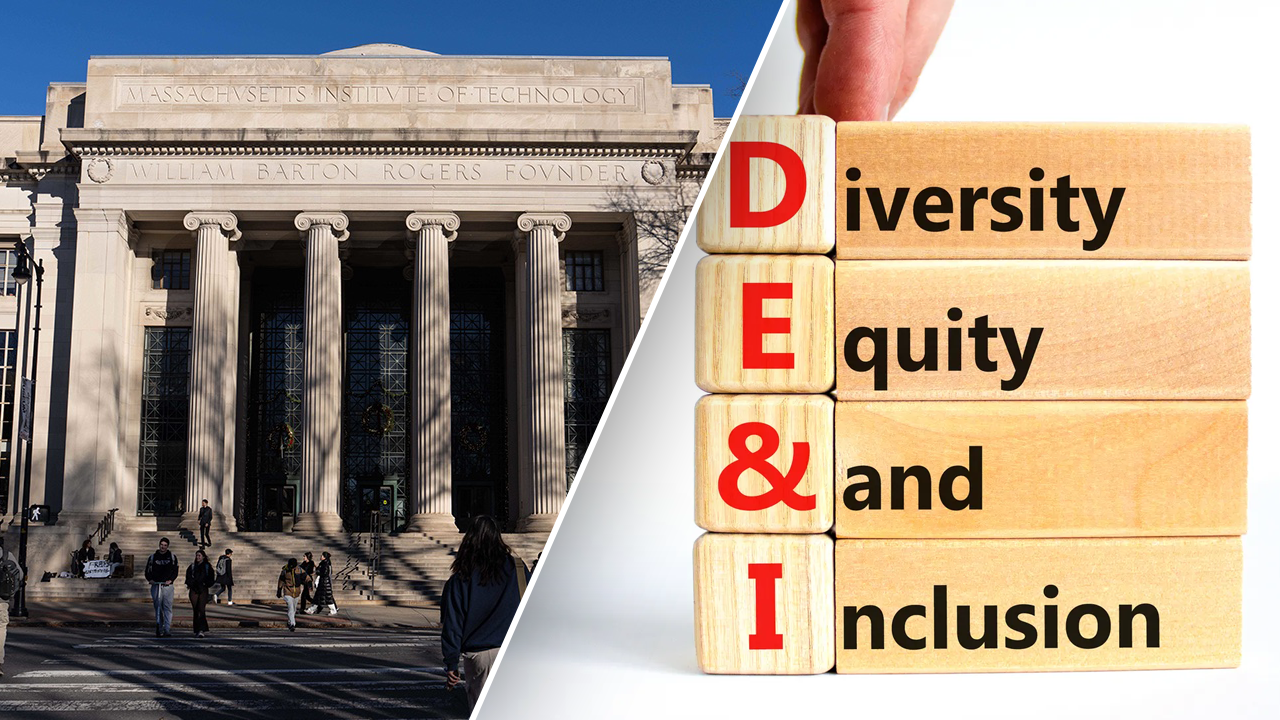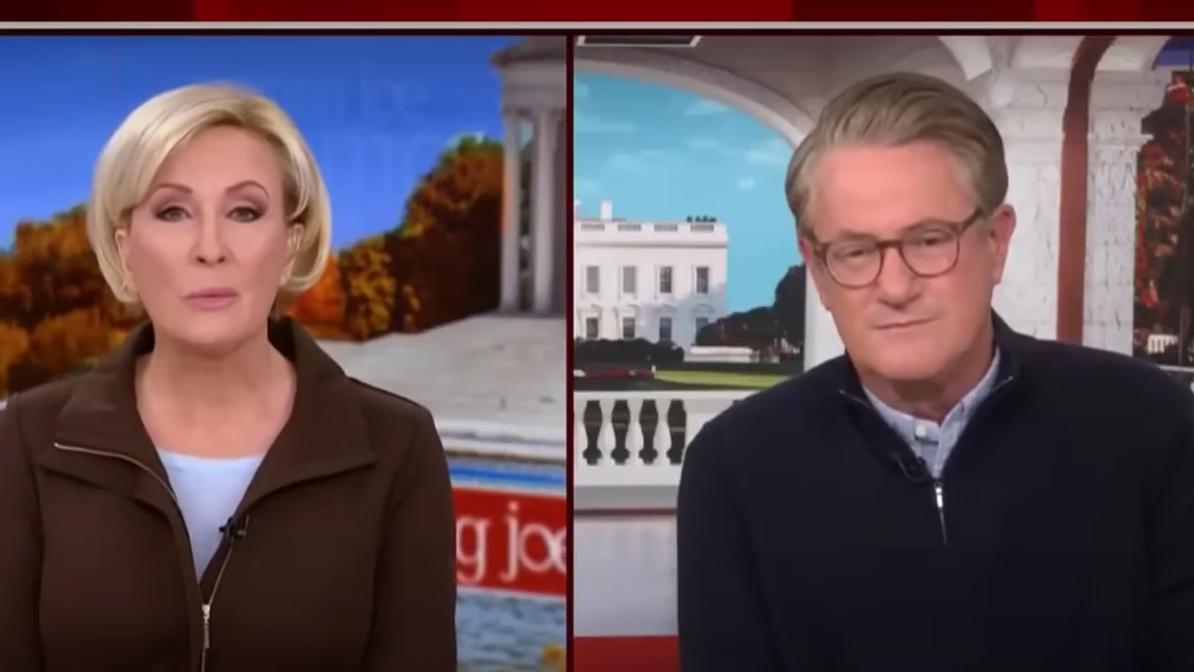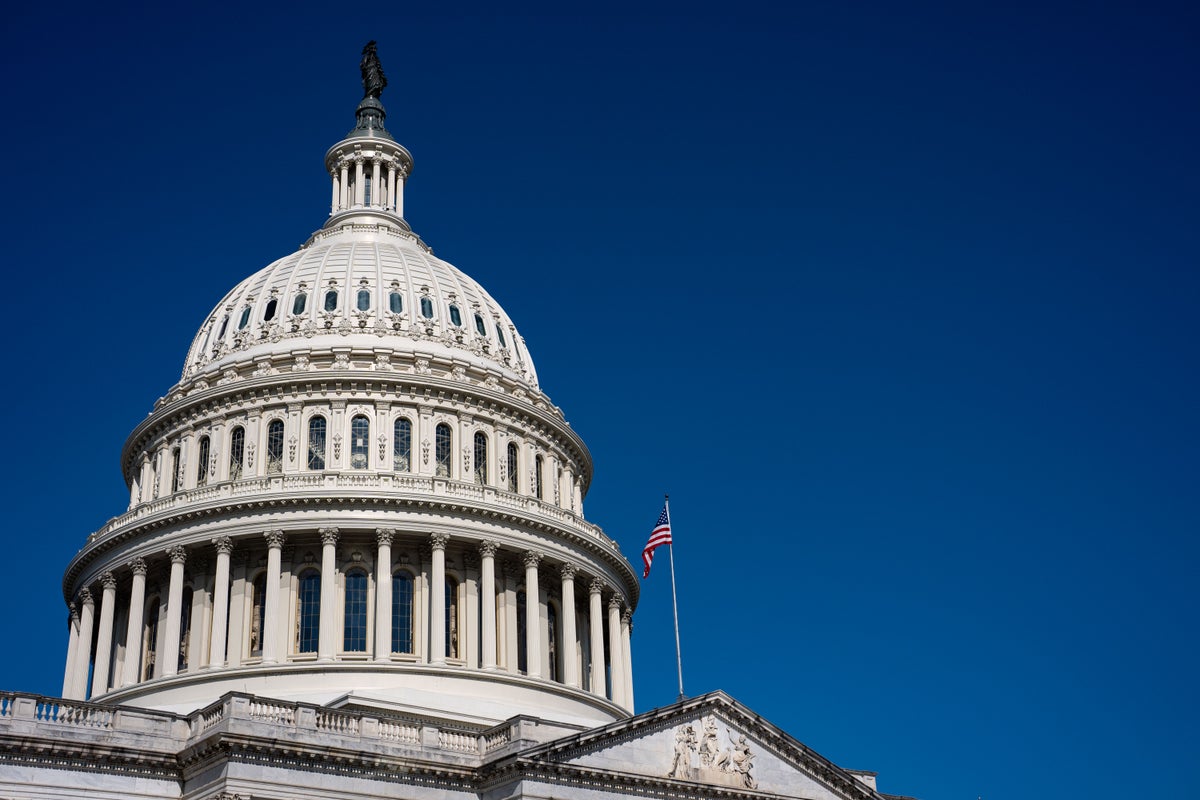How Climate Disasters Could Destabilize Major Banks
Both climate-driven disasters and the clean energy transition pose risks for the world’s largest financial institutions

The Marriner S. Eccles Federal Reserve building in Washington, D.C., U.S., on Friday, Sept. 17, 2021.
Stefani Reynolds/Bloomberg via Getty Images
CLIMATEWIRE | A major hurricane in the Northeast U.S. could trigger a wave of defaults on loans offered by Wall Street banks, according to a long-awaited analysis by the Federal Reserve that underscores climate change’s growing implications for the U.S. financial system.
That prediction is based on data from the banks themselves.
Last year, the Fed required for the first time that the six largest investment banks in the U.S. test their capacity to model — and withstand — a range of climate change impacts and futures. Among them: extreme hurricanes, fires and floods, as well as a rapid transition away from fossil fuels.
On supporting science journalism
If you’re enjoying this article, consider supporting our award-winning journalism by subscribing. By purchasing a subscription you are helping to ensure the future of impactful stories about the discoveries and ideas shaping our world today.
The central bank released the resultsof that exercise Thursday afternoon. The 46-page document summarizes information provided by JPMorgan Chase, Bank of America, Wells Fargo, Goldman Sachs, Morgan Stanley and Citigroup.
The report makes clear that both natural disasters and the clean energy transition have implications for the industry — including by increasing the likelihood of loan defaults. It indicates, for instance, that a “severe” hurricane in the Northeast in 2050 could impact nearly half of five banks’ combined residential real estate loans in the region.
But aside from high-level, aggregated figures, the analysis does not provide in-depth information regarding each bank’s preparedness for different scenarios or the extent of the threat.
Instead, it provides a glimpse into the complicated nature of modeling future natural disasters and the clean energy transition — and what both mean for the world’s largest banks. The report highlights, for instance, that banks struggled with many parts of the analysis, partly due to significant data gaps around property insurance coverage and building characteristics.
The central goal, the Fed wrote in the report, was to “learn about large banking organizations’ climate risk-management practices and challenges” as well as to make it easier for banks and regulators to pinpoint, monitor and address climate risks as they develop.
The analysis comes years after climate advocates — and, later, the Biden administration — first started calling on financial regulators to consider climate change’s potential to upend the U.S. financial system.
President Joe Biden signed an executive order in 2021 calling on his administration to address the financial threats of climate change. That sparked a council of top financial regulators to issue a report that recommended all of its members — the Fed among them — pursue climate-related scenario analysis.
The Fed’s decision to move in that direction sparked opposition from Republican lawmakers who said financial regulators do not have the authority to wade into climate issues. They also accused the Fed of attempting to use financial regulation to bankrupt the oil and gas industry.
Fed officials have repeatedly emphasized that the scenario analysis exercise will have no regulatory implications for banks and that the central bank cannot and will not dictate which industries banks do business with.
The Fed nodded to those tensions in its analysis.
“The Federal Reserve neither prohibits nor discourages financial institutions from providing banking services to customers of any specific class or type, as permitted by law or regulation,” the report says.
Reprinted from E&E News with permission from POLITICO, LLC. Copyright 2024. E&E News provides essential news for energy and environment professionals.

























































